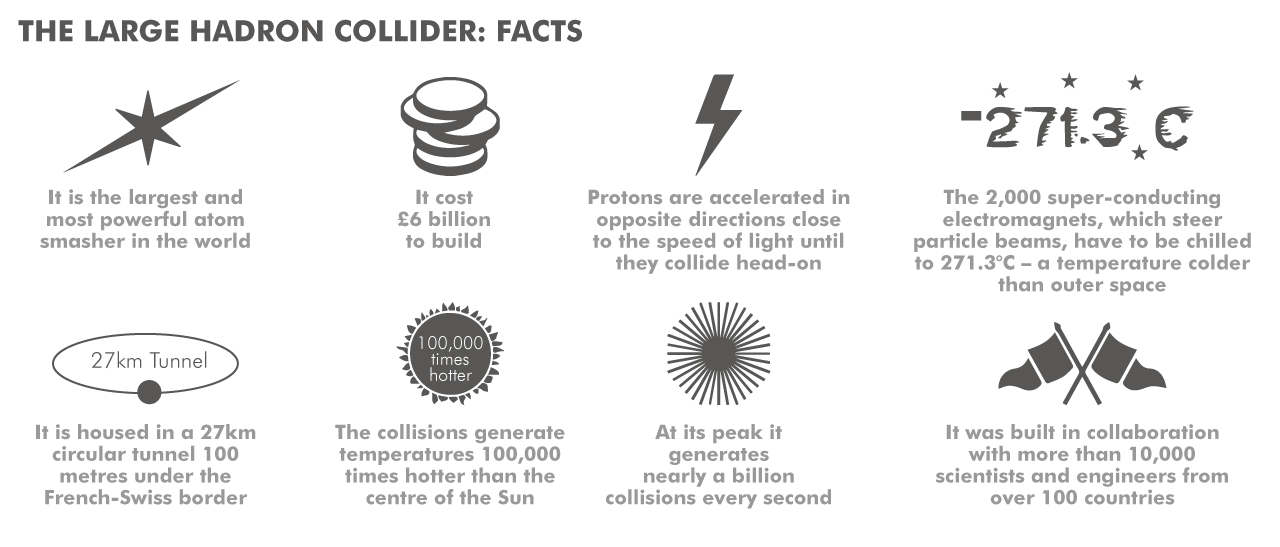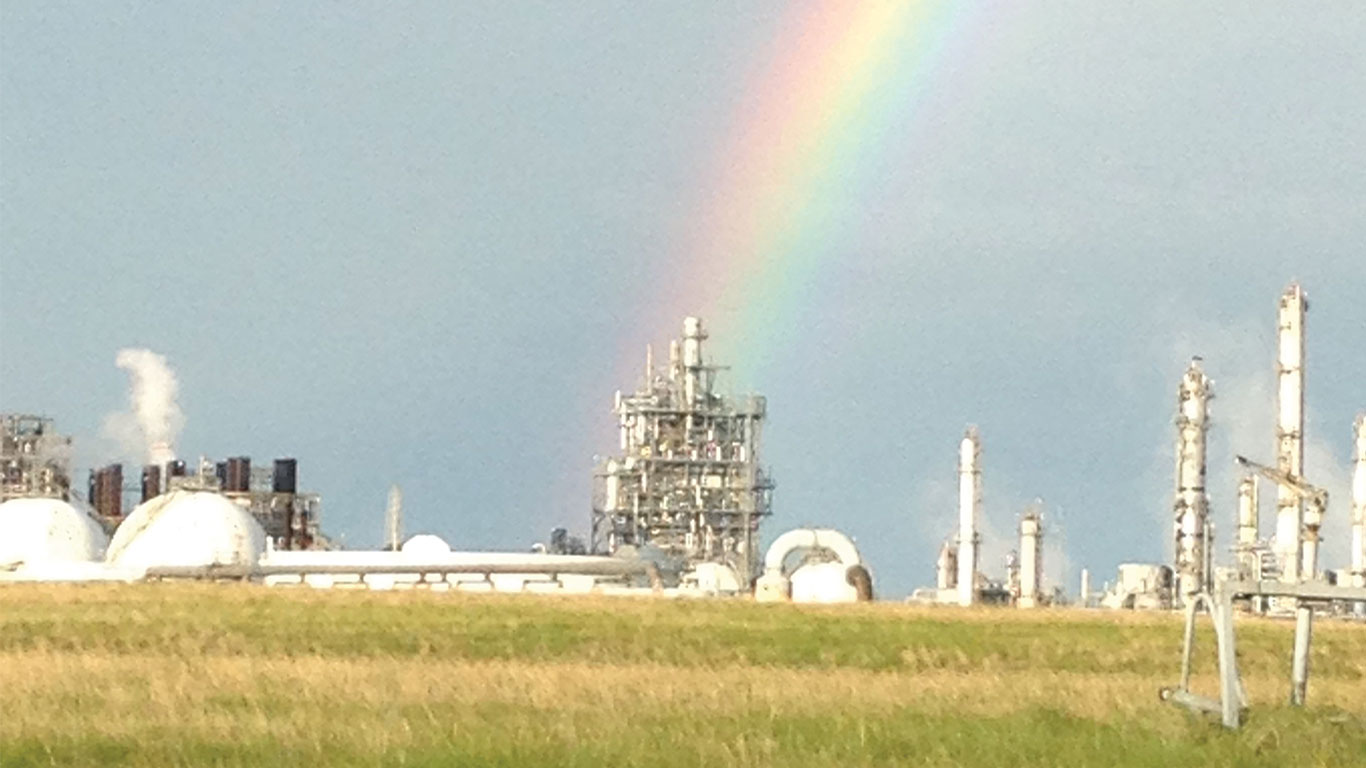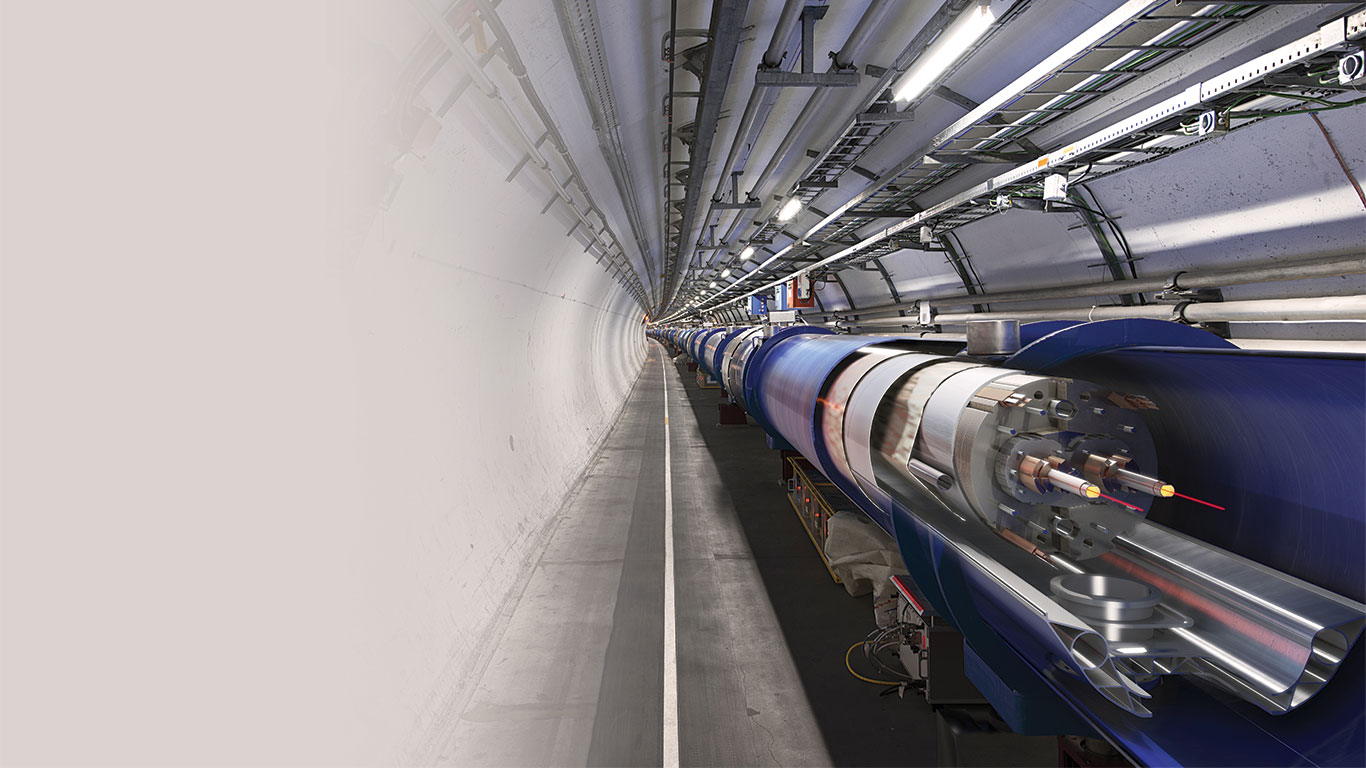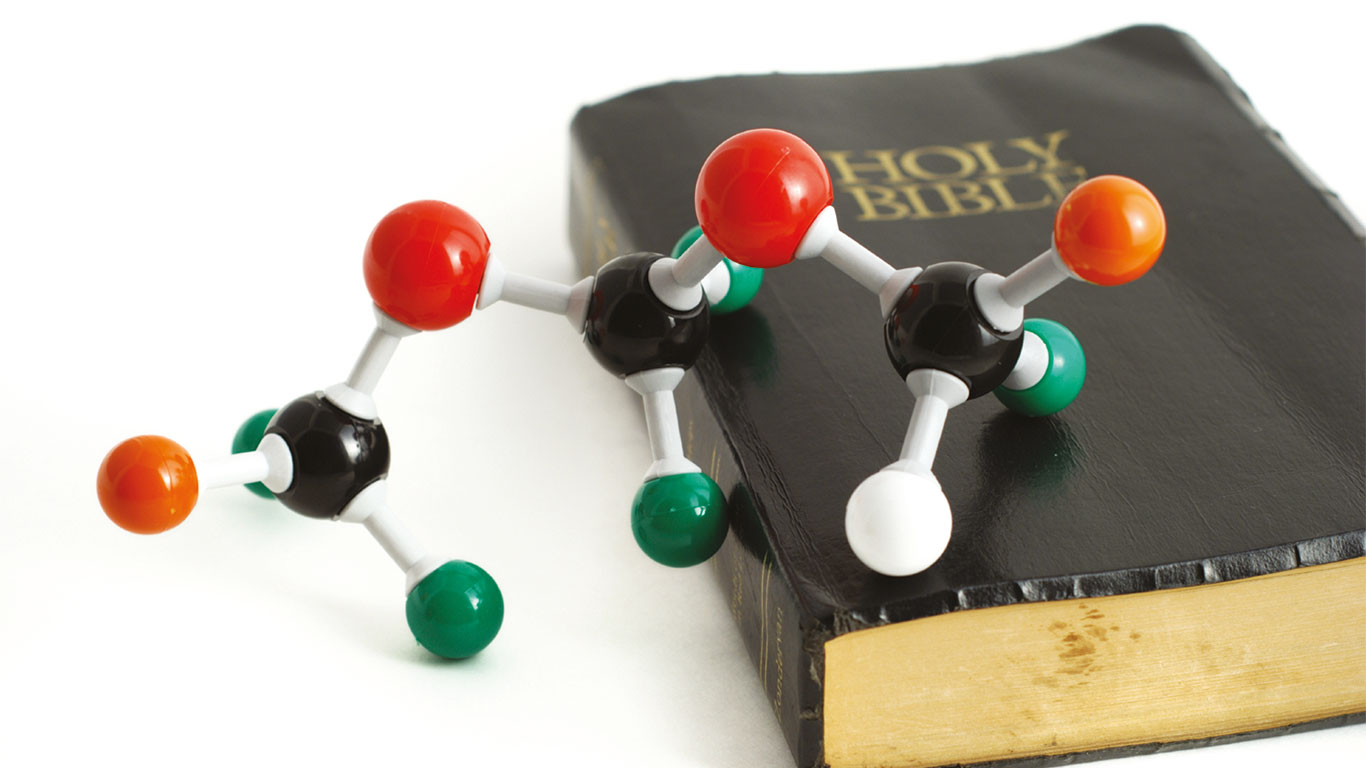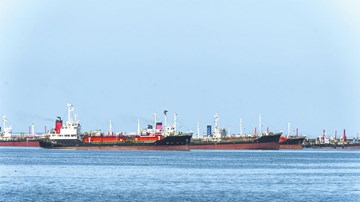The discovery of the Higgs boson particle, which gives substance to everything in the universe, turned physicists into rock stars for a day. It had been spectacularly difficult to find but a generation of physicists were so convinced that it was out there – somewhere – that they persuaded 40 countries from around the world to create the most complex machine ever built to test the theory.
But what about the rest of us? Were we actually bothered? Should we care? And why does this discovery matter? INCH went to CERN, close to the INEOS headquarters and listened to some of the scientists involved.
It was one of the biggest scientific discoveries of all time.
Many physicists, whose careers had been dominated by the search for the elusive Higgs boson, thought they might never live to see it.
But the average man, woman and child in the street are still probably wondering what the discovery of the Higgs boson particle has got to do with them, and whether it was worth the £6 billion spent trying to find it, especially in the midst of a global recession.
It’s a question that Ainissa Ramirez, a former associate professor of mechanical engineering and materials science at America’s Yale University, understands.
“This discovery is up there with Copernicus,” she said. “But people don’t want to know the details of the Higgs. Not yet. They want to know why it is important and how this changes human history.”
One thing is certain. It will shape our world. We just don’t know quite how yet.
“I cannot promise that the discovery of the Higgs particle will lead to a new type of non-stick pan, or any other concrete change to daily activities,” said Professor Dave Charlton, scientific leader of the ATLAS experiment at CERN which discovered the particle. “It probably won’t. But I hope the person in the street shares the common goal of many people to understand more about the way things work. Pushing the boundaries towards the deep building blocks of the universe is surely a cultural as well as a scientific imperative.”
Professor Charlton, who is also a professor of particle physics at the University of Birmingham in the UK, said it was difficult to compare the Higgs discovery with previous historical discoveries, like radioactivity or the structure of DNA.
“It’s just too early,” he said. “It can take decades or longer to figure out how such new physics will work through into new technologies. We don’t know what the consequences will be in terms of the next scientific steps. But we do know we have just taken a very big step in establishing how particles can have mass.”
To discover the Higgs boson – the particle that gives mass to everything we see and arguably the most coveted prize in physics – scientists needed to recreate conditions less than a billionth of a second after the Big Bang 13.7 billion years ago. And to do this, they needed to build the most complex machine that had ever been built.
For 15 years more than 10,000 scientists from 40 countries invested their time and expertise in creating an atom-smasher in a near circular 27km-long tunnel 100 metres (325ft) underground near Geneva, Switzerland.
Professor Sir Jim Virdee, from London’s Imperial College, said some of the technology did not even exist when they started designing the Large Hadron Collider (LHC) which would accelerate sub-atomic particles to almost the speed of light and then smash them together.
But the discovery of the Higgs boson in July 2012 – and confirmed in March this year – finally showed the world what theoretical physicists Peter Higgs, Robert Brout and François Englert had predicted almost 50 years earlier. Looking into the future, it may solve fundamental questions about the origin of the universe, and, perhaps more importantly, its fate.
“We have answered one deep and long-standing puzzle,” said Professor Charlton. “But the discovery has also posed more questions than it has answered. Some of these questions are not new but they are crystallised into real problems by the discovery. They are no longer hypothetical problems.”
Ms Ramirez said when the electron was discovered in 1897, its uses were not obvious. “What is obvious today is that we can’t live without electrons, since they run through all our electronics,” she said.
CERN, the European Organisation for Nuclear Research, was founded in 1954. Its mission was – and still is – to advance the frontiers of technology, find answers to questions about the universe, bring together nations through science and train the scientists and engineers of tomorrow.
“Understanding the world around us has been a basic human interest from time immemorial,” said Professor Charlton. “People work together at CERN irrespective of nationality, gender, religion or other distinctions, because we all want answers to these basic questions.”
Over the years thousands of scientists and physicists have passed through the doors.
When the LHC was switched on in September 2008 to global fanfare, scientists were venturing into the unknown.
The machine in their midst was capable of producing enough data to fill 100,000 CDs every second. The challenge would be to find a way to sift through that data to find the only standard model particle that had never been seen.
Every second there were about 800 million head-on collisions at almost the speed of light. If scientists had recorded all the data, it would have been like trying to make 50 billion telephone calls all at the same time or listen to songs for 600 years.
“Just a fraction of those collisions were of interest so we had to cut it down very quickly to the most interesting events,” said Professor Charlton.
Initially there were teething problems. Thirty six hours after the LHC had been switched on, it had to be shut down again due to a faulty electrical wire between two magnets which had been melted by the high current passing through it.
The LHC was finally restarted in November 2009 after repairs and the installation of a new safety system.
Life without the Higgs Boson would not be life as we know it. Particles would have continued to fly through the universe, never clumping together to form anything.
“It is astounding that we understand only a small fraction of the stuff in the universe,” said Professor Charlton. “The next data we take at the LHC could give us deep insights into the dark universe (dark matter) that we do not understand.”
The LHC was shut down in February last year for a massive upgrade. When it restarts in January physicists can only imagine what they might find.
All they know is this is just the beginning.
“There are still many mysteries there,” said Professor Charlton. “We do know now, though, that empty space is not as we had thought. Empty space contains something, an invisible “Higgs field”, which all particles interact with. The discovery of the Higgs boson is a big step forward in our understanding of the deepest structure of nature.”
As a professor of particle physics, probing deep into the basic structure of matter and forces, he believes nothing is impossible.
“All scientific problems can be attacked,” he said. “Sometimes they may take years or decades to solve, but it should be possible to find answers to how things work. Understanding each new puzzle just takes time and energy and people and money.”
Meanwhile, as a major, international laboratory, CERN has now set its sights on something even bigger.
It wants to build a new underground machine that would be four times the size of the LHC. The 100km tunnel, which would encircle all of Geneva, would have unparalleled energy levels.
